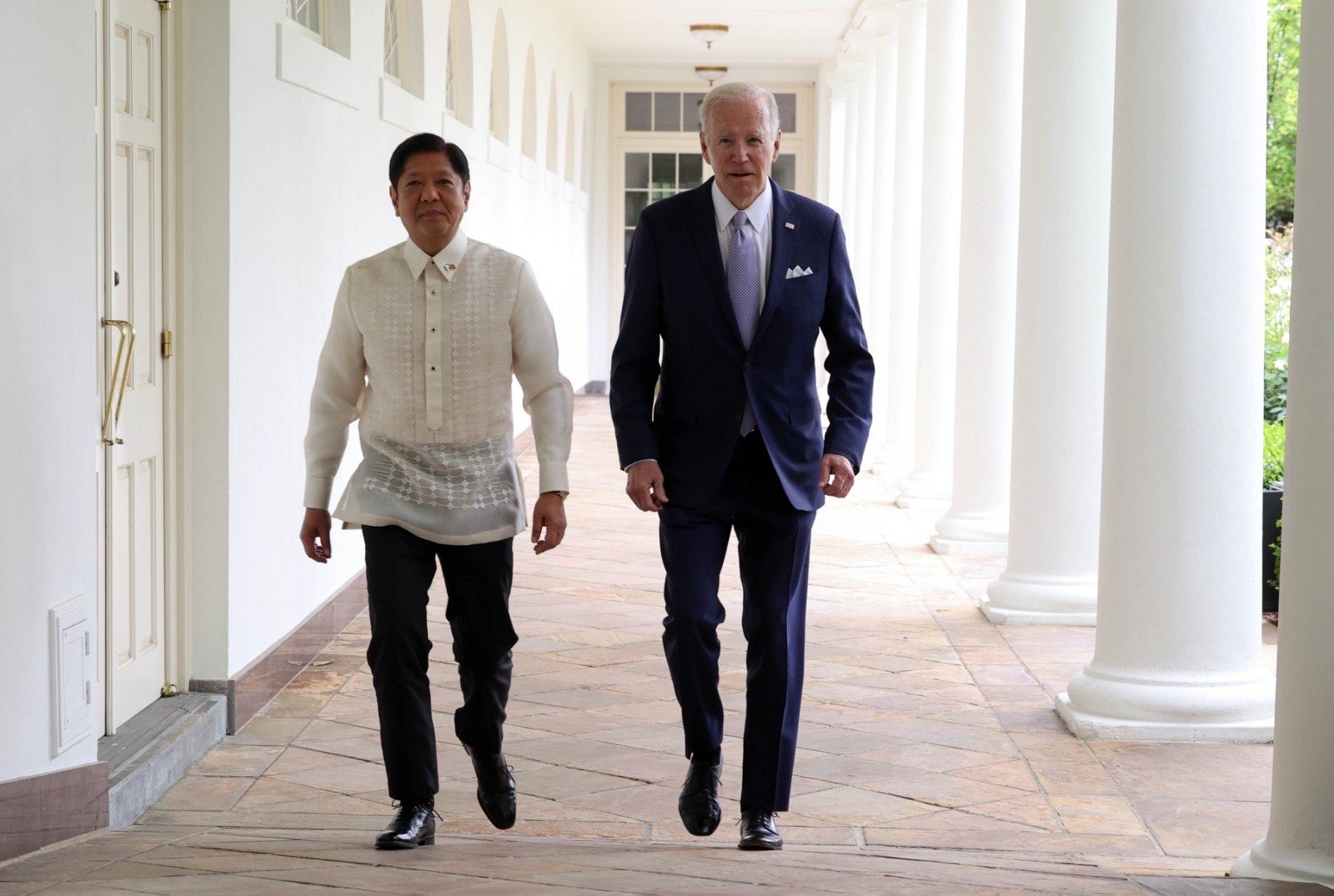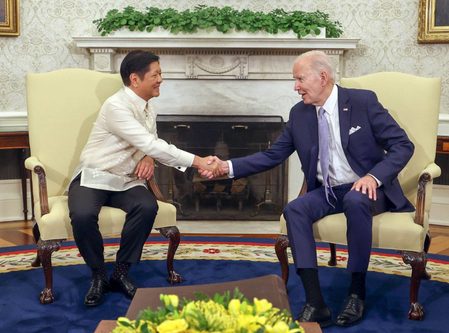SUMMARY
This is AI generated summarization, which may have errors. For context, always refer to the full article.

WASHINGTON DC, USA – From a “welcome back” to the White House to a pivot back to Western allies, much has been said about the context and implications of President Ferdinand Marcos Jr.’s bilateral meeting with US President Joe Biden.
But what did each country get from the meeting?
We narrow down and simplify the agreements and deals, based on a release from the White House.
Bilateral Defense Guidelines. The focus here is on interoperability or the ability of two different units – in this case, two different militaries – to work together harmoniously. No other details have been provided by either country yet.
Transfer of assets to the Armed Forces of the Philippines. The Biden administration will be handing over the following, pending Congressional notification requirements: two Island-class patrol vessels, two Protector-class patrol vessels, and three C-130H aircraft. No details have been given on the assets, such as the target date for their transfer or how old these US military assets are.
Development at EDCA sites. In what’s likely a response to concerns over opening military bases to American troops, the US promised to “expand our work in these communities and areas to support health, education, environmental protection, economic growth, and disaster preparedness.”
A “first of its kind” trade and investment mission to PH. The mission will “feature the highest caliber of US business leaders” and will focus on innovation economy, clean energy transition and critical minerals sector, and food security.
Manila to co-host the Indo-Pacific Business Forum (IPBF), pending Congressional notification. Described as the US’ “marquee annual commercial event in the region,” the event is meant to “strengthen the Philippines’ position as a key hub for regional supply chains and high-quality investment.”
Brick-and-mortar Open RAN 5G Interoperability Lab. The move, again pending Congressional notification, is centered on rolling out secure 5G in the Philippines
US investment in “sustainable, high-quality” infrastructure.
Improvement of transportation links.
Space cooperation, particularly for “maritime domain” awareness.
Fellowships, education, leadership programs. The US is eyeing over $70 million over 10 years to support education and training exchanges between the US and the Philippines. Plans include creating the adorably-named PUFF or Philippines-US Friendship Fellowship, and money to improve the education system in the Philippines.
US-Philippines labor working group. According to the White House, it “will serve as an important platform through which the US and the Philippines can collaborate to accelerate implementation of internationally recognized labor rights.”
Clean energy, environment protection. The US Agency for International Development (USAID) will be investing $5 million “to support increased production of processed minerals and expand downstream mineral industries in the Philippines”; conduct green energy auctions; a study tour for Philippine legislators and government officials “to explore the potential for nuclear energy to meet the Philippines’ clean energy needs, consistent with the highest standards of nuclear security, safety, and nonproliferation”; and, closer work between the environmental protection agencies of both countries.
Health. USAID will be spending $100 million in five years to improve access to drinking water and sanitation services to Filipinos. Another $8 million is also being pegged to help the Philippines deal with non-communicable disease and tuberculosis.
Disaster Risk Reduction. On top of $5.3 million from USAID for disaster risk reduction and resilience programming, Manila will be the host of a “Harnessing STI for Disaster Risk Reduction” international workshop. – Rappler.com
Add a comment
How does this make you feel?






![[Rappler’s Best] Knowing when to leave](https://www.rappler.com/tachyon/2024/07/biden-sara-gfx.jpg?resize=257%2C257&crop_strategy=attention)



![[Just Saying] SONA 2024: Some disturbing points](https://www.rappler.com/tachyon/2024/07/TL-marcos-sona-points-july-23-2024.jpg?resize=257%2C257&crop=335px%2C0px%2C720px%2C720px)






There are no comments yet. Add your comment to start the conversation.